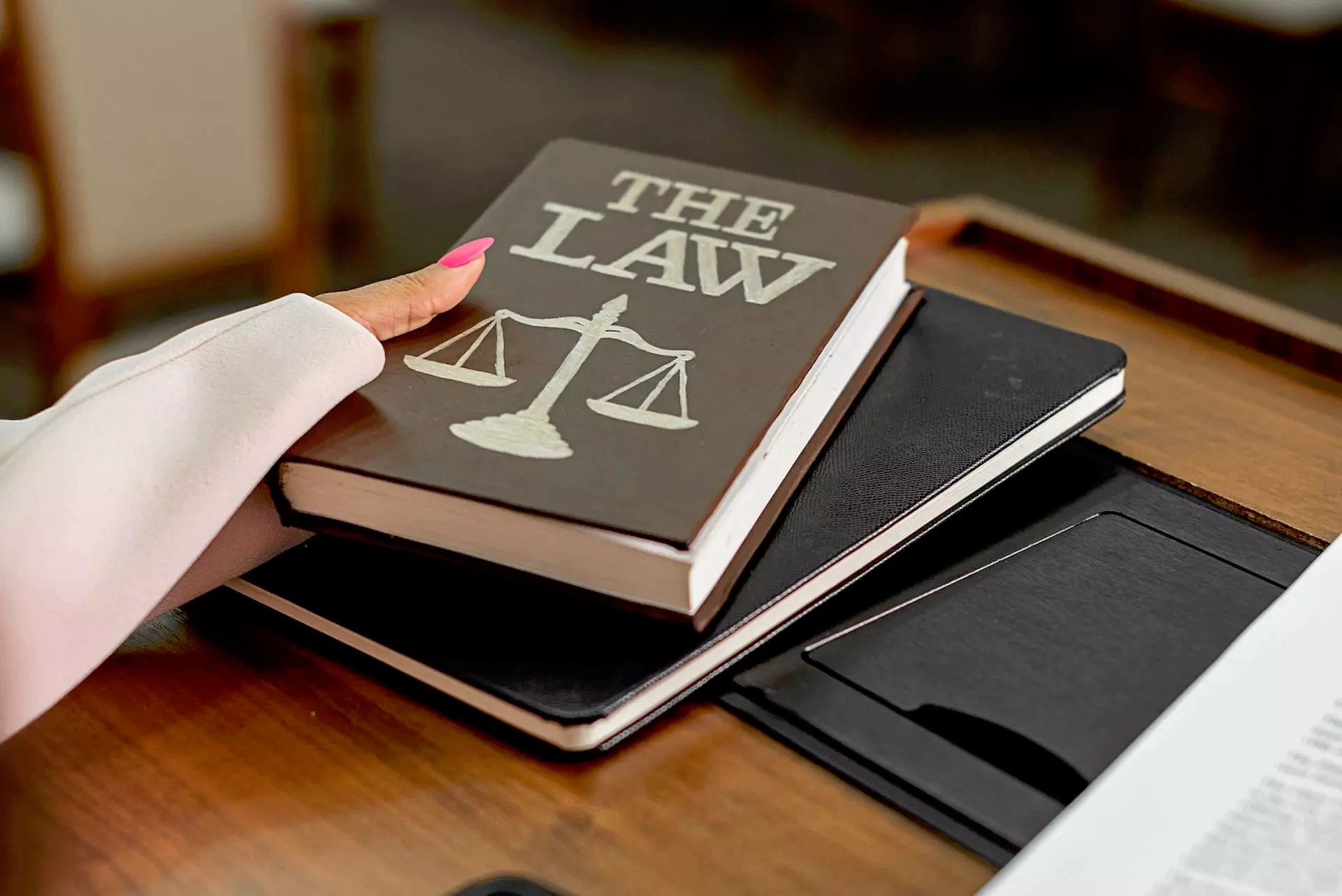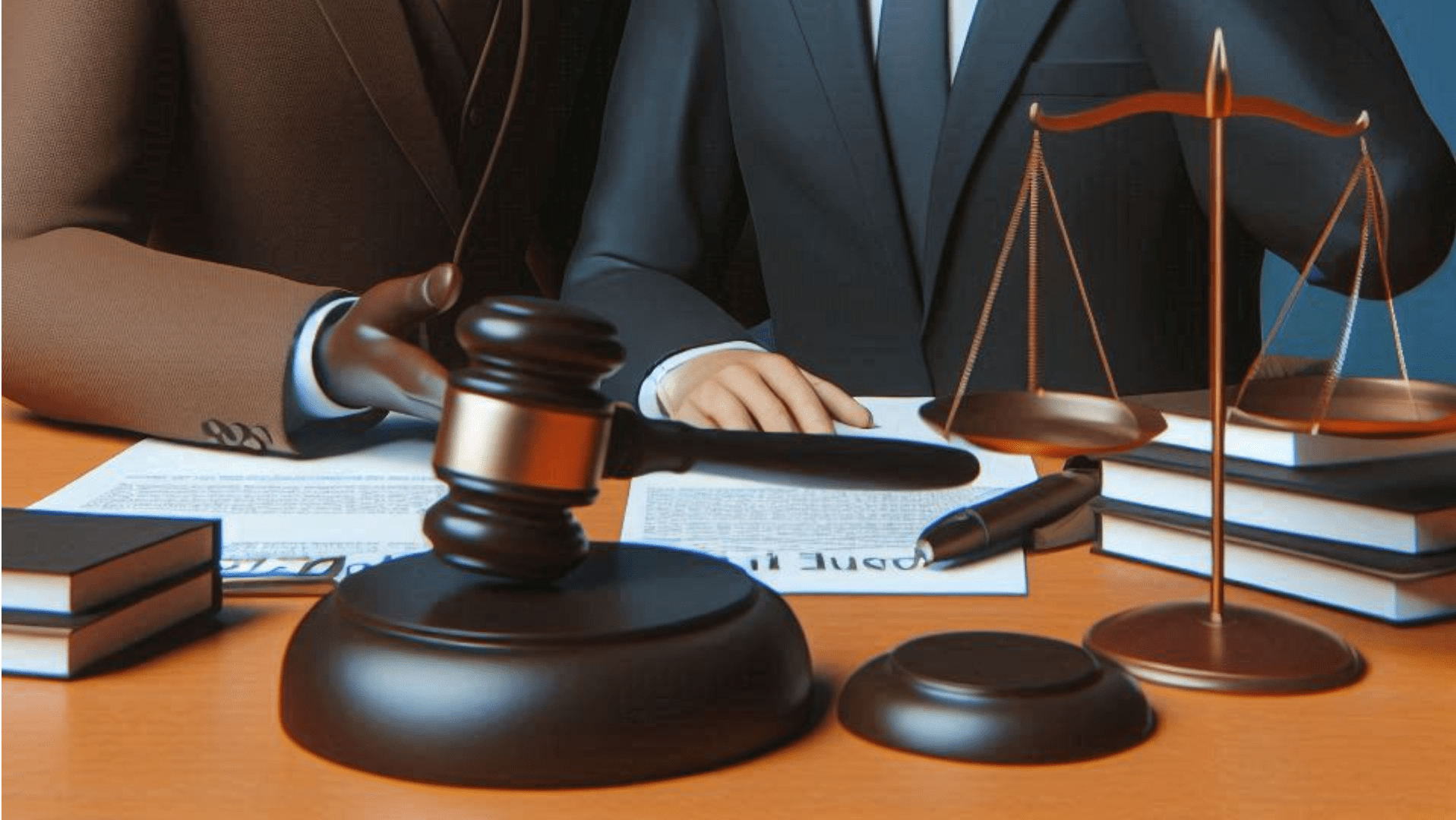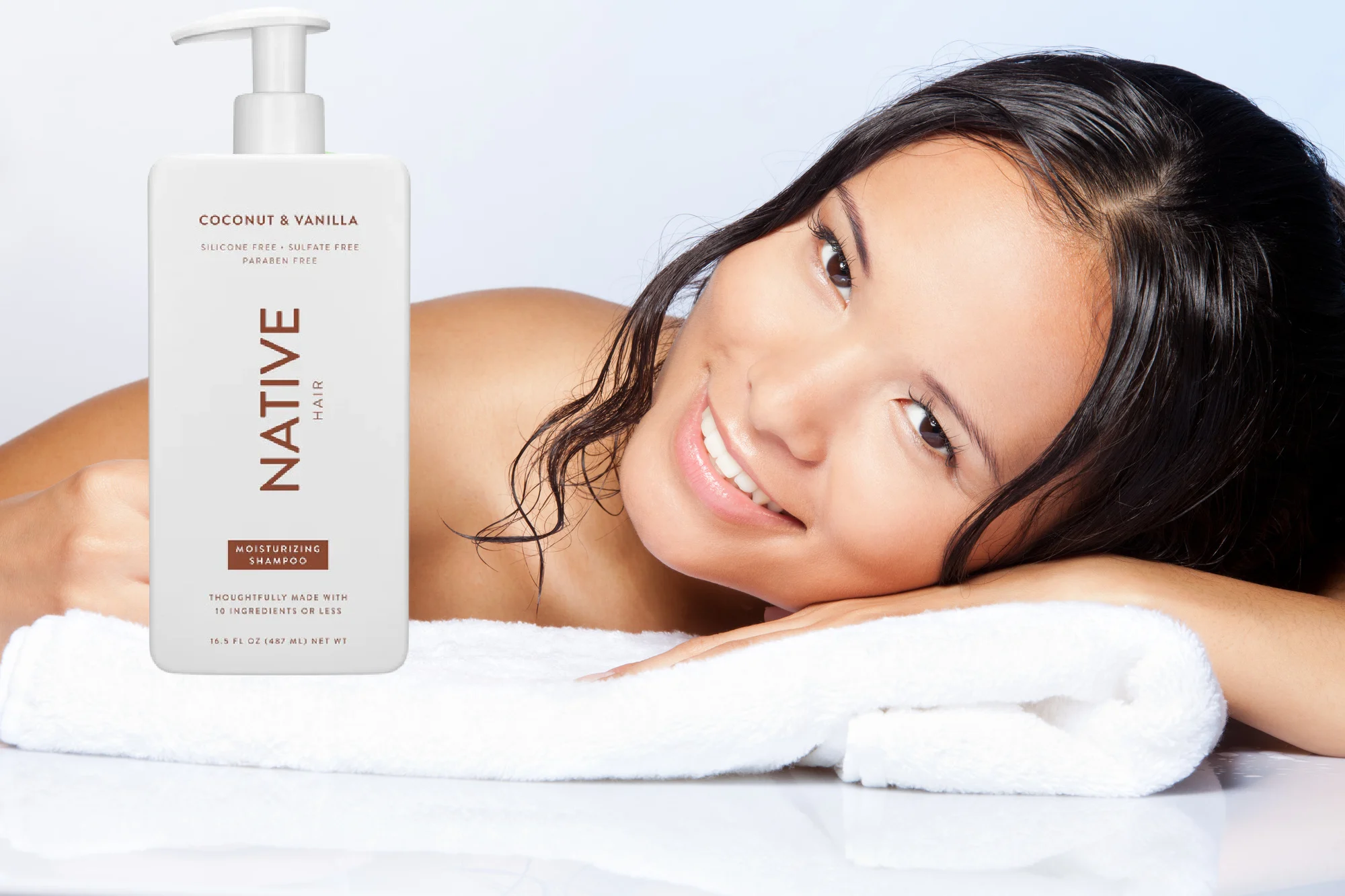Native Shampoo Lawsuit: What You Need To Know Before It’s Too Late
Picture this: You’re scrolling through social media, and suddenly, you stumble upon headlines about lawsuits involving your favorite shampoo brand. Wait, what? Yes, you read that right. The native shampoo lawsuit has become a hot topic in recent years, sparking debates, outrage, and confusion among consumers like you and me. So, if you’ve ever wondered what’s really going on behind the scenes of these lawsuits, you’re in the right place.
Now, here’s the deal: native shampoos, marketed as natural and safe alternatives to mainstream haircare products, have faced scrutiny for misleading claims and potential harm. Consumers are filing lawsuits alleging that these products don’t live up to their promises—or worse, they cause damage. If you’re using a native shampoo or considering switching, it’s crucial to understand the legal battles surrounding them.
Before we dive deep into the nitty-gritty details, let’s set the stage. This article isn’t just about informing you; it’s about empowering you to make smarter decisions. Whether you’re a seasoned user or a curious newbie, we’ve got you covered with everything from the history of the lawsuits to the latest developments. So, buckle up because we’re about to break it all down for you!
- Lexi Rivera Naked Understanding The Sensation Behind The Search
- Sabrina Banks Nude A Candid Look At The Hype Reality And Everything In Between
What Is the Native Shampoo Lawsuit All About?
Let’s start with the basics. The native shampoo lawsuit is essentially a legal battle where consumers are suing companies for false advertising, misleading claims, or even product-related injuries. These lawsuits often stem from the belief that companies have misrepresented their products as "natural" or "safe" when, in reality, they may contain harmful ingredients or fail to deliver promised results.
For instance, some native shampoos claim to be free of sulfates, parabens, and other harsh chemicals, but independent tests have shown otherwise. Others boast about promoting hair growth or reversing damage, only for users to experience irritation, breakage, or worse. It’s no wonder people are taking legal action.
Now, here’s the kicker: the lawsuits aren’t just about money. Many plaintiffs are fighting for transparency and accountability in the beauty industry. They want companies to be honest about what’s in their products and how they work—or don’t work.
- Evanna Lynch Nude Setting The Record Straight And Celebrating An Iconic Star
- Denise Richards Nude A Candid Look At Misinformation Privacy And The Importance Of Respect
History of Native Shampoos and the Rise of Lawsuits
Back in the day, native shampoos were all the rage. They promised healthier, happier hair without the harsh chemicals found in traditional shampoos. Who wouldn’t want that, right? But as the popularity grew, so did the questions. People started asking, "Are these products really as good as they claim?"
Why Did Native Shampoos Become So Popular?
Well, it’s simple. Consumers were tired of using products filled with synthetic ingredients that left their hair dry, brittle, or worse. Native shampoos offered a solution—or so it seemed. Brands jumped on the trend, flooding the market with products labeled as "organic," "natural," and "eco-friendly." It was a marketing goldmine.
But here’s the twist: not all of these products were created equal. Some companies used vague terminology or exaggerated claims to sell their products. And when consumers realized they’d been misled, the lawsuits began rolling in.
Key Players in the Native Shampoo Lawsuit Scene
So, who’s involved in these lawsuits? Let’s break it down:
- Plaintiffs: These are the consumers who’ve filed lawsuits against native shampoo companies. They claim to have suffered from adverse effects or were deceived by false advertising.
- Defendants: The companies being sued. They’re often big players in the beauty industry, with deep pockets and powerful legal teams.
- Regulators: Organizations like the FDA and FTC are keeping a close eye on these cases, ensuring that companies adhere to regulations and labeling laws.
It’s a complex web of players, each with their own agenda. But at the end of the day, the consumers are the ones who stand to gain—or lose—the most.
Understanding the Legal Claims
Now, let’s talk about the actual claims being made in these lawsuits. Here are some of the most common ones:
- False Advertising: Plaintiffs argue that companies have misrepresented their products, using terms like "natural" or "organic" without proper justification.
- Product Liability: Some lawsuits claim that native shampoos have caused harm, such as scalp irritation, hair loss, or allergic reactions.
- Breach of Warranty: Consumers argue that the products failed to deliver the promised results, violating the implied warranty of fitness for a particular purpose.
These claims aren’t just baseless accusations. Many of them are backed by scientific studies, expert testimonies, and documented evidence. It’s a serious matter that’s shaking up the beauty industry.
Impact on Consumers: Are You at Risk?
As a consumer, you might be wondering, "How does this affect me?" Well, it depends on a few factors:
- Product Usage: If you’ve used a native shampoo that’s been implicated in a lawsuit, you might want to reconsider your choices.
- Health Concerns: Have you experienced any adverse effects from using these products? If so, you might have grounds for a claim.
- Financial Implications: Some lawsuits offer compensation to affected consumers, so it’s worth exploring your options.
It’s all about staying informed and protecting yourself. Don’t just take a company’s word for it—do your research and make educated decisions.
What Do the Experts Say?
Experts in the beauty and legal fields have weighed in on the native shampoo lawsuit phenomenon. Here’s what they have to say:
Beauty Experts:
Many beauty experts are skeptical of the claims made by native shampoo brands. They argue that the term "natural" is often misleading and doesn’t necessarily mean safe or effective. In fact, some natural ingredients can be just as harmful as synthetic ones if not properly formulated.
Legal Experts:
Legal experts are divided on the issue. Some believe that the lawsuits are justified, pointing to the lack of transparency and accountability in the industry. Others argue that the claims are exaggerated and that consumers need to take responsibility for their choices.
How to Protect Yourself from Native Shampoo Scams
So, how can you avoid falling victim to a native shampoo scam? Here are some tips:
- Read Labels Carefully: Don’t just rely on marketing buzzwords. Look at the actual ingredients list and do your research.
- Check for Certifications: Reputable certifications, such as USDA Organic or ECOCERT, can help you identify truly natural products.
- Stay Updated: Follow the latest news and developments in the beauty industry to stay informed about potential risks.
By taking these precautions, you can minimize your risk and make smarter purchasing decisions.
Case Studies: Real-Life Examples of Native Shampoo Lawsuits
To give you a better understanding of the issue, let’s look at a few real-life examples:
- Case 1: A major native shampoo brand was sued for using synthetic ingredients despite claiming to be 100% natural. The case resulted in a multimillion-dollar settlement.
- Case 2: A consumer filed a lawsuit after experiencing severe scalp irritation from a native shampoo. The case is ongoing, but it highlights the potential dangers of these products.
These cases serve as a reminder of the importance of due diligence when choosing haircare products.
Future Implications for the Beauty Industry
The native shampoo lawsuit trend has far-reaching implications for the beauty industry. Companies are being forced to rethink their marketing strategies and product formulations. Regulatory bodies are tightening their grip on labeling laws and advertising standards. And consumers are becoming more informed and demanding transparency.
It’s a positive development in many ways, pushing the industry toward greater accountability and innovation. But it also raises questions about the future of natural beauty products. Will companies continue to invest in these products, or will they shift their focus elsewhere?
Conclusion: What’s Next for Native Shampoo Lawsuits?
As we’ve explored in this article, the native shampoo lawsuit phenomenon is a complex and evolving issue. It touches on everything from consumer rights to corporate responsibility and industry regulations. Whether you’re a consumer, a legal expert, or a beauty enthusiast, it’s a topic worth paying attention to.
So, what’s next? Only time will tell. But one thing’s for sure: the beauty industry will never be the same. As consumers become more informed and empowered, companies will need to step up their game and deliver on their promises.
Now, it’s your turn. Have you been affected by a native shampoo lawsuit? Do you have any thoughts or questions about the topic? Leave a comment below and let’s keep the conversation going. And don’t forget to share this article with your friends and family—knowledge is power!
Table of Contents
- What Is the Native Shampoo Lawsuit All About?
- History of Native Shampoos and the Rise of Lawsuits
- Key Players in the Native Shampoo Lawsuit Scene
- Understanding the Legal Claims
- Impact on Consumers: Are You at Risk?
- What Do the Experts Say?
- How to Protect Yourself from Native Shampoo Scams
- Case Studies: Real-Life Examples of Native Shampoo Lawsuits
- Future Implications for the Beauty Industry
- Conclusion: What’s Next for Native Shampoo Lawsuits?



Detail Author:
- Name : Mr. Irving Tremblay Sr.
- Username : cletus.block
- Email : hhessel@yahoo.com
- Birthdate : 1994-11-04
- Address : 275 Shanahan Fort Irvingland, DE 93954-1946
- Phone : +1 (938) 515-1009
- Company : Smitham-Bashirian
- Job : Customer Service Representative
- Bio : Et hic voluptatem dolorem illo. Esse eum doloremque tenetur libero modi voluptate molestiae. Non aut non qui ipsa quod. Consectetur praesentium eligendi eveniet aut ut.
Socials
tiktok:
- url : https://tiktok.com/@roma.lockman
- username : roma.lockman
- bio : Voluptatem corrupti reprehenderit necessitatibus incidunt et voluptatum.
- followers : 1153
- following : 606
linkedin:
- url : https://linkedin.com/in/romalockman
- username : romalockman
- bio : Fuga amet ut ut iste et dolores omnis veniam.
- followers : 5572
- following : 994